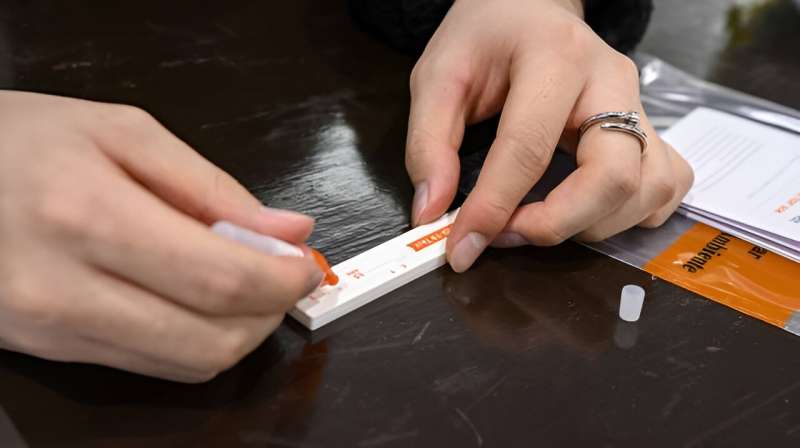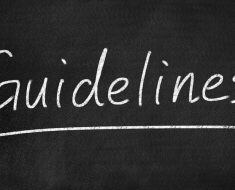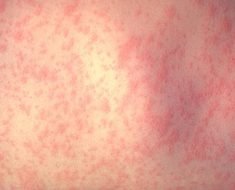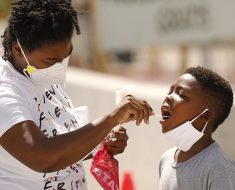
During the COVID-19 pandemic, at-home tests became standard operating procedure for many households. In just 15 minutes, with a quick swab and a stir, we felt more confident visiting elderly family for the holidays, dropping in to visit a friend’s newborn baby, or boarding a plane for a much-needed vacation.
Their impact on the at-home testing landscape will be long-lasting, experts say. According to Deloitte, 30% to 50% of consumers are now comfortable using at-home diagnostics, creating a market demand for both rapid at-home tests that give near-immediate results and for mail-in tests that allow patients to collect a sample from the comfort of their home and send it to a lab for testing.
Yet not all tests are created equal, researchers caution, and marketing directly to consumers means they may not get the proper guidance on their results, or meaningful results at all.
Even that ubiquitous home COVID test is not without trade-offs. While rapid antigen tests are not as accurate as PCR tests run in a clinical laboratory—87% for symptomatic and 71% for asymptomatic patients, according to one Johns Hopkins study for the original strain—they are cheap to make, easy to use, and give results quickly. They lifted a burden off laboratories at a time when the health care system was inundated.
But they also shifted some of the medical decision-making to the patient, says Zishan Siddiqui, the Johns Hopkins assistant professor of medicine who oversaw the rapid-test accuracy study. That includes when to test, what to do with those results, and how long to isolate if it’s positive.
It’s a lesson to take into the future as at-home rapid tests may become more accessible for other conditions, including flu, RSV, and strep throat. Public messaging has to be stronger about what to do with these results, Siddiqui says. “The message has to be clear and simple: If this, then that.”
That kind of follow-up is especially important for one type of home test being embraced by the medical community: those that screen for cancer, including colon cancer. Diagnostic colonoscopies are considered the gold standard for testing and treatment of colorectal cancer, but they’re uncomfortable, require a day off, and can be unaffordable to the underinsured or uninsured.
Colon cancer test kits can bridge the gap, allowing users to take stool samples at home and mail them to clinical laboratories for testing.
While some kits can be ordered by patients directly, health care systems are also distributing them at flu shot clinics to patients who meet certain criteria. A study from the National Cancer Institute found that such programs led to a substantial increase in the percentage of patients who became up to date on colorectal screening.
To be truly effective, health care systems have to “follow up if that test is positive,” says Robert Smith, senior vice president of early cancer detection science at the American Cancer Society, ensuring that those patients receive low- or no-cost colonoscopies afterward.
At-home testing can also help make health care more equitable for patients looking to be tested for sexually transmitted infections. It means that patients who may not have otherwise come into a clinic—because they’re embarrassed or perhaps located too far from one—will still be screened.
However, the tests marketed directly to consumers may cast too wide of a net, testing for things that do not require treatment, says Matthew M. Hamill, an assistant professor of medicine at Johns Hopkins.
Hamill works closely with Professor Yukari Manabe on Hopkins Medicine’s I Want the Kit program, which sends STI/HIV home testing kits to patients and includes medical follow-up.
The I Want the Kit model “works very well in that it reduces barriers,” ensuring that not only will the patient get the right tests, but they’ll also get the right guidance if they have a positive result.
Source: Read Full Article





